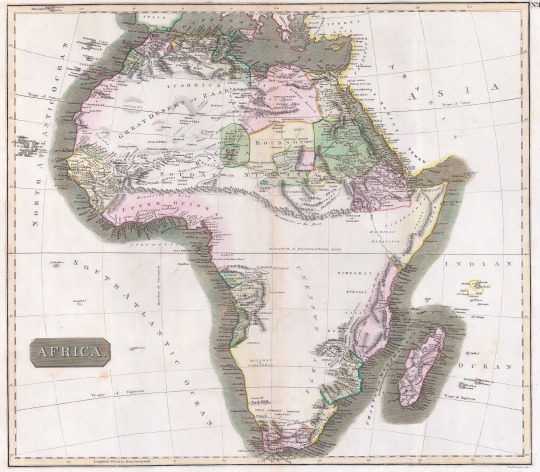#1817
Text





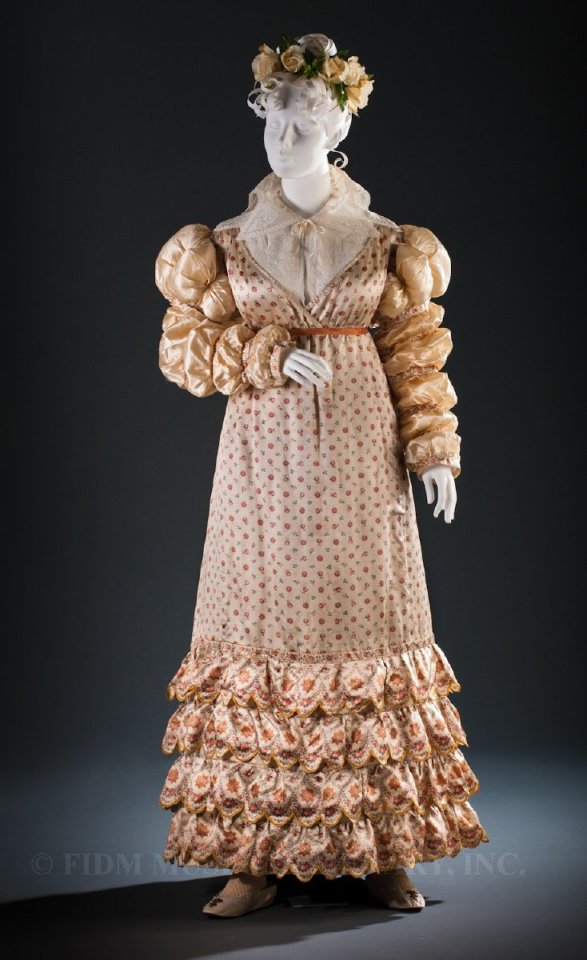
• Gown Worn by Princess Charlotte of Wales (1796-1817).
Date : 1816-1817
Medium: Roller-printed silk satin, cotton & metal.
#fashion history#history of fashion#dress#fashion#19th century fashion#19th century#19th century dress#early 19th century#1810's#gown#princess Charlotte of Wales#1816#1817
702 notes
·
View notes
Text
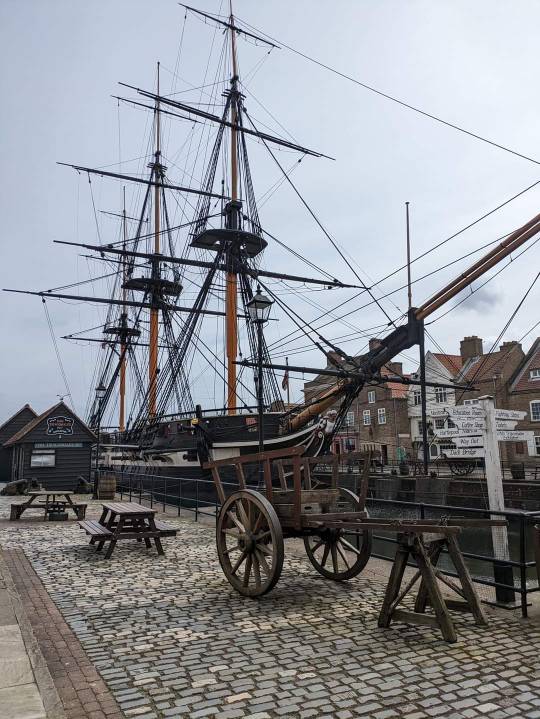
HMS Trincomalee (1817), Hartlepool UK
195 notes
·
View notes
Photo

Map of Caucasus in 1817 vs 2020. See how Caucasian War caused the decline of Circassians
150 notes
·
View notes
Text
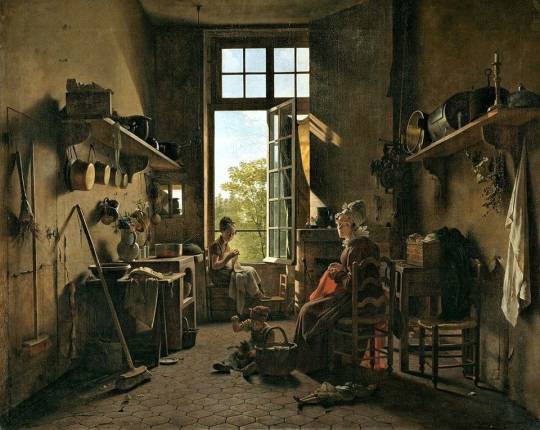
İnterior of a Kitchen (1815) by Martin Drölling (French, 1752-1817), oil on canvas, Louvre Museum (Paris, France)
376 notes
·
View notes
Text

♪♪♪!!!!
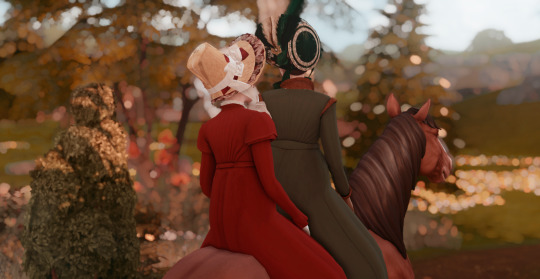
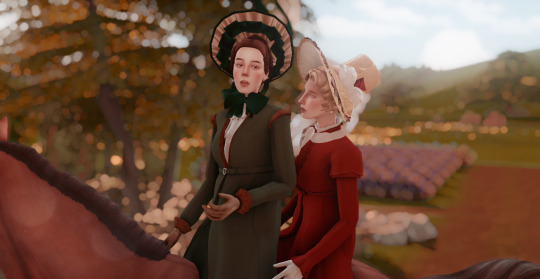

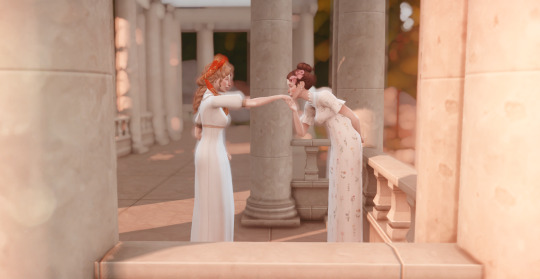



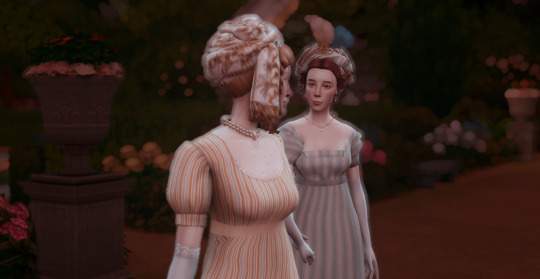


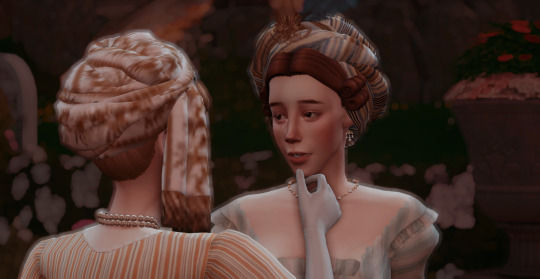
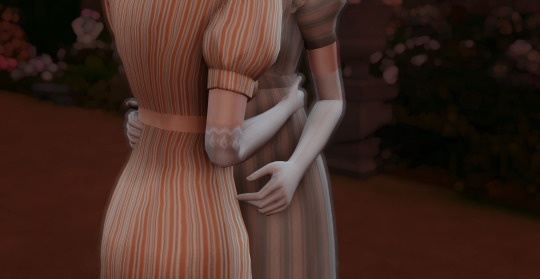
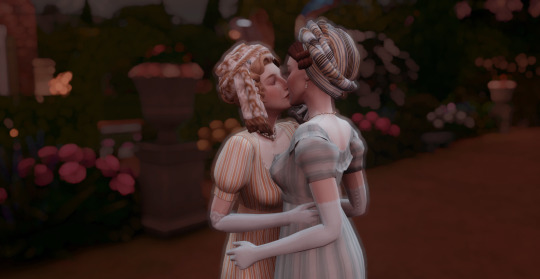
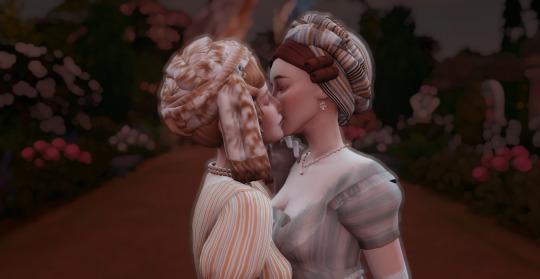
A short Regency sapphic story
Start Reading
#sims 4 regency#ts4 regency#simblr#sims 4 historical#regency sims 4#historical sims#sims 4 story#sims 4 cc#ts4 simblr#ts4#ts4 cc#the sims cc#ts4 1810s#sims 4 1810s#1817#sims 4 lesbians#sapphic#sims 4 sapphics#wlw#sims 4 wlw#sims 4 regency romance#sims 4 regency era
79 notes
·
View notes
Text
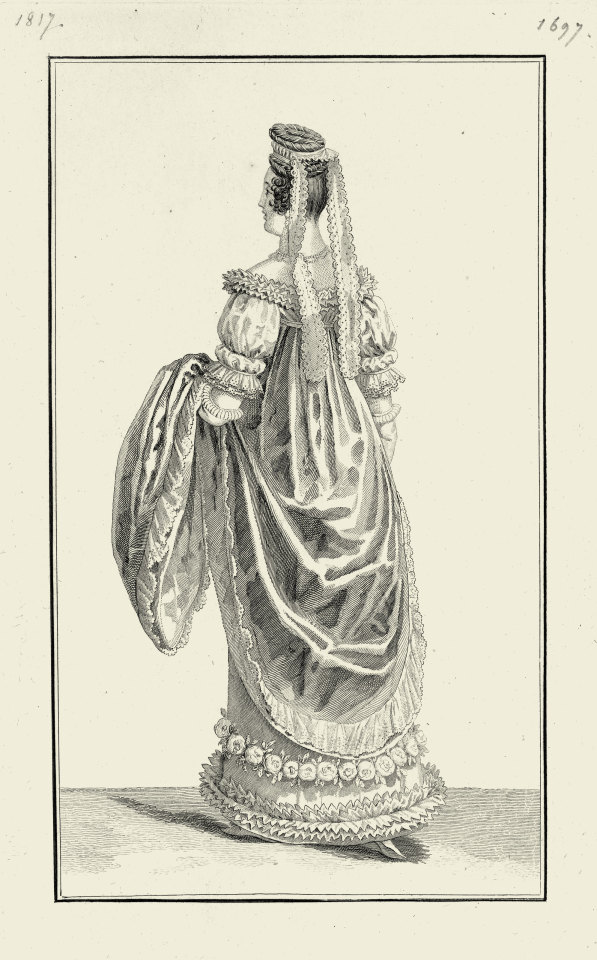
Journal des Dames et des Modes, Costume Parisien, 15 décembre 1817 (1697). Collection of the Rijksmuseum, Netherlands
Woman, seen from the back, walking to the left, dressed in a court ensemble. She wears a dress with a high waist and train. The underskirt is decorated with a garland of flowers. The hair in a high bun and a headband with two hanging slips. Further accessories: necklace, gloves, shoes. She holds up her dress with her left hand. Proof of a print from the fashion magazine Journal des Dames et des Modes, published by Pierre de la Mésangère, Paris, 1797-1839.
#Journal des Dames et des Modes#19th century#1810s#1817#on this day#December 15#periodical#fashion#fashion plate#proof#description#rijksmuseum#dress#train#Mésangère
67 notes
·
View notes
Text
IT'S HERE IT'S HERE
THE YEAR 1817
when it was 1817 , in 1817
that year
Please go check out The Siecle's excellent breakdown of the references in this chapter! The episode is David Montgomery reading the whole chapter aloud, so you can follow along with the references in the posted transcript if you want--or just use the transcript along with your own reading. Go! Read! Find the needlessly elaborate Hugo Puns!XD
45 notes
·
View notes
Text
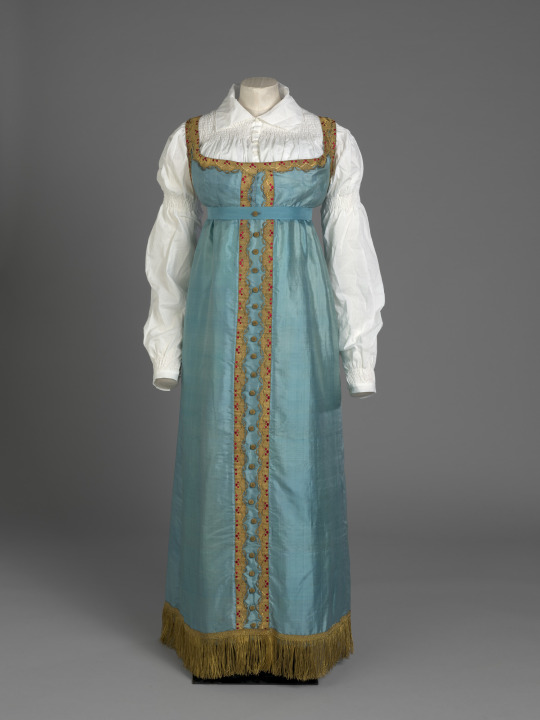


Blue Silk Dress with Gold Lace Trim, ca. 1817, British.
Worn by Charlotte, Princess of Wales.
Royal Collection Trust.
#Princess Charlotte of Wales (1796-1817)#1817#1810s#1810s britain#royal collection trust#blue#silk#lace#royalty#extant garments#1810s extant garment#1810s dress#womenswear#dress#19th century
93 notes
·
View notes
Text
It’s been a while since I’ve done some Gourgaudposting. Here is his entry from 18 September 1817, featuring Napoleon’s commentary on Junot, which shares some noticeable parallels to Napoleon’s St Helena rants about Murat—he committed nothing but sottises (follies/stupidities), he was a womanizer, he never should’ve been promoted so high etc.
***
Thursday, 18 (September 1817) – At 5 o’clock, the Emperor pays a visit to Mme de Montholon. The colonel of the 12th Regiment, arriving to the island from France, goes to Bertrand’s, asks to be received, but His Majesty responds that he is indisposed.
After my dinner, His Majesty summons me, treats me well, and speaks to me of the Russian campaign. “At Ostrowo and Witebsk, I managed to cut the Russian army off from the road to Petersburg. At Smolensk, Junot committed nothing but follies, as well as at Valoutina; I sent you there. It was you who came to tell me he could cut off the Russian rearguard, but that he couldn’t decide to go ahead with it. You asked him: Monsieur le Duc, if the Emperor inquires why you have not marched, how should I answer him? He replied in an embarrassed tone: ‘You say that night has come and that I’ve taken position.’ So, I dismissed him at night.” – “In the morning, Your Majesty, on horseback, sent General Denorval to prevent me from waking up, because I was tired. This surprised everyone, and they thought my fortune had been made.”
The Emperor, after a moment of silence, resumed the conversation: “I met Junot at the siege of Toulon. He was quartermaster in a battalion of the Côte-d’Or; I needed writers, I had requested one from Gavais, commandant at Fontainebleau in 1814, who was then at the head of this battalion. He sent me two of them. Junot arrived first, I took him, he pleased me. Being, the same day, in my battery, I had him write a letter; a cannonball covered us with earth, and he exclaimed: Good, there’s the ash for the letter! He had a superb hand, and he remained with me. The other quartermaster was, a long time afterwards, still a noncommissioned officer, while Junot had a great advancement. Such is fate. Junot has never been anything but a swashbuckler, a ferocious philanderer. He loved to surround himself with nobles. I never should have given him command; in the last days, he wanted to be marshal. At Valoutina, he was already insane.”
His Majesty critiques the book attributed to him.
***
Source: General Gourgaud, Sainte-Hélène - journal inedit de 1815 à 1818.
57 notes
·
View notes
Text
Non-English "Cinderella" adaptations that might have influenced Disney's 2015 live action remake
Rossini's La Cenerentola (Italian opera, 1817). In the opera, the king has died, and the prince's search for a bride is motivated by his pending coronation. (The 2010 German Märchenperlen version also makes this choice.) In the 2015 film, the king is mortally ill, and later dies after the ball. Thus the opera's Cinderella and her 2015 counterpart both ascend straight to the throne in the end. Also, the opera's "fairy godfather" Alidoro disguises himself as a beggar and rewards Cinderella for treating him kindly, just as the 2015 Fairy Godmother does. (Although the Fairy Godmother also does this in Prokofiev's famous ballet.) The opera's Prince Ramiro also has a constant male companion, his valet Dandini, much like 2015's Kit has the Captain of the Guard (although many versions of Cinderella's prince have similar companions). Last but not least, both princes disguise themselves as a servant at some point: Ramiro switches clothes with Dandini for the ball to observe the true characters of the ladies, while Kit disguises himself as a guard to secretly observe the slipper-fitting.
Three Nuts (or Three Wishes) for Cinderella (Czech/German, 1973). In both this version and the 2015 film, Cinderella steals a few moments of freedom by riding her horse into the forest, and there she meets the prince on a hunt and stops him from shooting a deer. (Although in the 1973 film she throws a snowball at him, he chases her, and they taunt each other, while in the 2015 version they share a philosophical discussion about kindness and tell each other a little about their lives.) Both of these versions also hark back to the Grimms' tale early on, with Cinderella's father figure (the manservant Vincek in 1973, her actual father in 2015) going on a journey, and Cinderella asking for the first branch that hits his nose (1973) or brushes his shoulder (2015) as a gift. (In 1973 the branch contains the three magic hazelnuts that take the place of the Fairy Godmother in this version, while in 2015 it doesn't serve the plot, but is poignantly brought to her by the messenger who breaks the news of her father's death.)
Sechs auf einen Strech ("Six at one Blow"): Aschenputtel ("Cinderella") (German, 2011). Cinderella repeats a mantra that she learned from her mother: "You must never lose courage." In the 2015 film, she has a similar mantra, also from her mother: "Have courage and be kind." She also first meets the prince while he's hunting in the woods in this version, and the end sees them about to become king and queen, though in this case the old king is still alive, he just chooses to retire.
Zolushka (Russian, 1947). Cinderella has blonde hair, which she wears in fluffy shoulder-length curls at the ball, while the prince has wavy chestnut brown hair. (These could be coincidences, though.) The Fairy Godmother first appears as a humbly dressed old woman (although not as a beggar in 1947), then reveals her true, magical and glamorous form. The prince is also portrayed with boyish vulnerability as well as with courtly charm, and he even cries in one scene. (The '47 prince in the woods when he thinks he's lost Cinderella forever, 2015's Kit at his father's deathbed.)
When I posted my review of the 2015 film, @ariel-seagull-wings noticed the parallels with the 1947 Russian version. She suggested that Kenneth Branagh might have been influenced by that version, since British viewers are more likely than Americans to see the adaptations from continental Europe. The more I think about it, the more I realize that Branagh and the 2015 screenwriter Chris Weitz might have been influenced by more than one European Cinderella.
#cinderella#fairy tale#adaptations#parallels#2015#cinderella 2015#disney#zolushka#1947#tri orisky pro popelku#three wishes for cinderella#1973#opera#la cenerentola#1817#sechs auf einen streich#2011
71 notes
·
View notes
Text


#persuasion#jane Austen#1817#19th century#virginia woolf#quotes#women in literature#international womens day
151 notes
·
View notes
Text
While reading this tableau of everything and everyone in Paris around 1817, a feeling stirred within me, reminding me of something. Then it hit me—I teach a course on the theory of history, and when discussing postmodern or deconstructionist history, we explore Gumbrecht’s “In 1926,” an example of experimental history writing. Gumbrecht crafted a book that allows readers to start from any part, lacking a conventional beginning and end. His aim was to immerse the reader in 1926, presenting short chapters about various aspects of life during that year.
It appears that Hugo was innovative and postmodernist even before postmodernism was coined. Although his portrayal of 1817 focuses more on political and cultural life than on social and economic aspects, it serves the purpose of conveying an impression of what was happening around that time. The challenge lies in the fact that many of the names mentioned may fly over the heads of modern readers. Even I had to consult some of Donougher’s notes. I can imagine the difficulties faced by those without a historical background.
23 notes
·
View notes
Text

Great Cabin aboard HMS Trincomalee (1817)
185 notes
·
View notes
Text
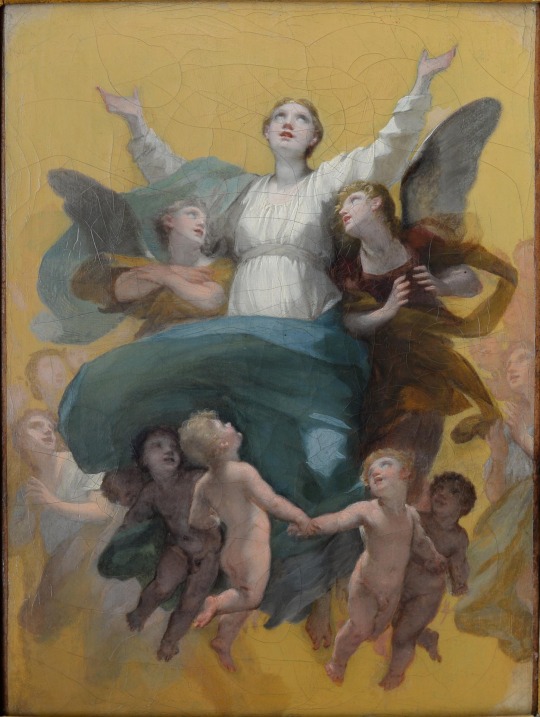
The Ascension of the Madonna, Pierre Paul Prud'hon, 1816-19
#the ascension of the madonna#pierre paul prud'hon#prud'hon#1816#1817#1818#1819#1810s#1800s#19th century#painting#art
38 notes
·
View notes
Text
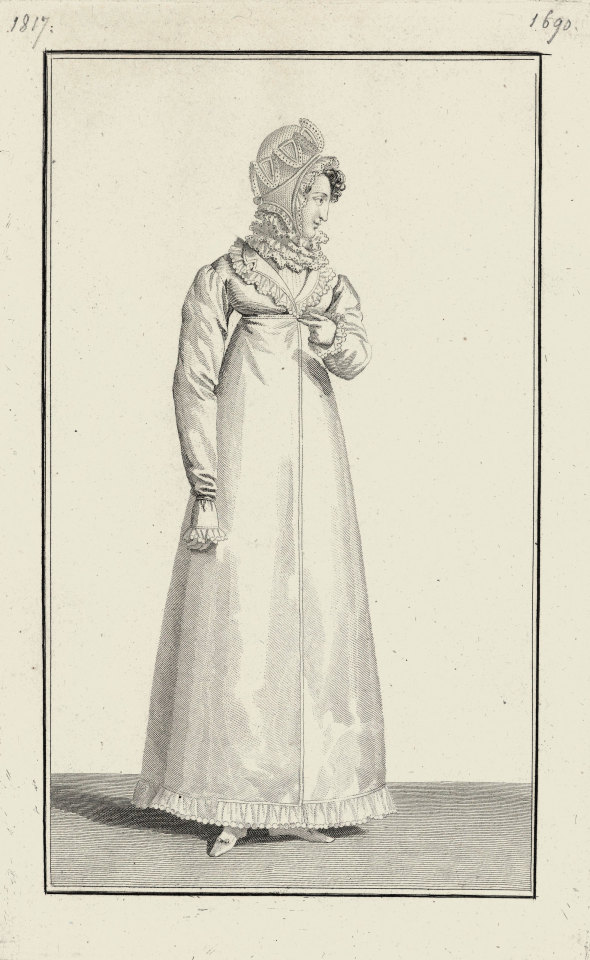
Journal des Dames et des Modes, Costume Parisien, 15 novembre 1817 (1690). Collection of the Rijksmuseum, Netherlands
Standing woman with a tulle hat on her head. She wears a lined muslin redingote. High pleated collar consisting of several layers. flat shoes with square toes with bows. Proof of a print from the fashion magazine Journal des Dames et des Modes, published by Pierre de la Mésangère, Paris, 1797-1839.
#Journal des Dames et des Modes#19th century#1810s#1817#on this day#November 15#periodical#fashion#fashion plate#proof#description#rijksmuseum#dress#hat#collar#coat#Mésangère
21 notes
·
View notes
